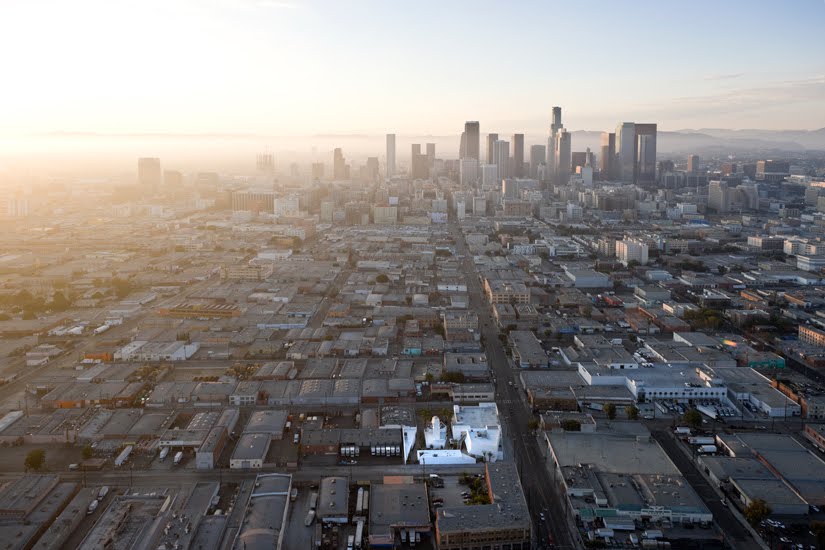 [Image: Michael Maltzan’s Inner City Arts building, Los Angeles; photo by Iwan Baan].
[Image: Michael Maltzan’s Inner City Arts building, Los Angeles; photo by Iwan Baan].
I’ll be speaking tonight, May 17th, at Van Alen Books with architect Michael Maltzan about his book No More Play: Conversations on Urban Speculation in Los Angeles and Beyond, edited by Jessica Varner, previously discussed on BLDGBLOG here. The book includes interviews with Matthew Coolidge of the Center for Land Use Interpretation, Charles Waldheim, Qingyun Ma, Catherine Opie, Edward Soja (who quips that “architects should think more like good geographers”), and many more, and will be available for sale this evening, if you can stop by.
Things kick off at 7pm at 30 W. 22nd Street, near the Flatiron Building; here’s a map.
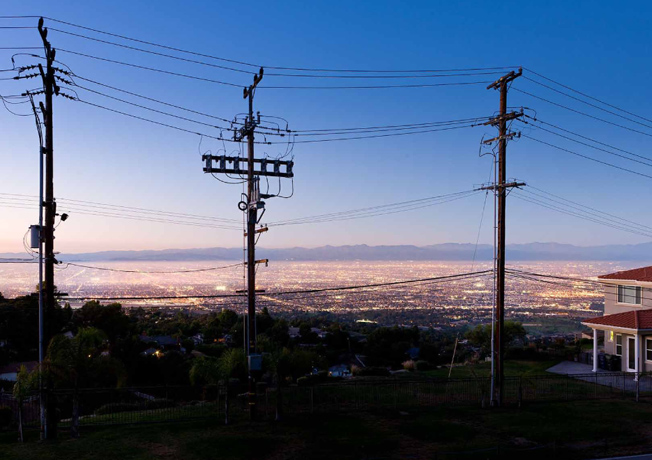 [Image: Los Angeles; photo by Iwan Baan, from No More Play].
[Image: Los Angeles; photo by Iwan Baan, from No More Play].
As Maltzan writes in the book, “we have reached a point where past vocabularies of the city and of urbanism are no longer adequate, and at this moment, the very word city no longer applies” to Greater Los Angeles. “Perhaps it is not a city” at all, he suggests, but something altogether different and more formally interesting than that (see a slightly longer discussion of this earlier on BLDGBLOG).
When discussing this resistant, indefinable character of Los Angeles, I’m always reminded of a description from the beautifully written but, sadly, now scientifically out of date 2-part book The Music of the Spheres by Guy Murchie. At one point, Murchie describes the surprising lack of density in certain stars, even when those stars, nonetheless, seem structurally coherent to an outside observer.
He explains, for instance, that the surface of the sun “is really a thousand times more vacuous than a candle-flame on Earth, and even the concentrated moiling gases hidden a thousand miles below it are a hundred times thinner than earthly air.” In fact, other stars—such as E Aurigae I, so huge it could “contain most of our solar system, including the 5.5-billion-mile circumference of Saturn’s orbit”—are often “described as ‘red-hot vacuums,'” Murchie writes, “because their material, though hot, averages thousands of times thinner than earthly air and is normally invisible, so that you might fly through them for days in your insulated space ship without even realizing you were inside a star.”
You might fly through them for days without even realizing you are inside a star.
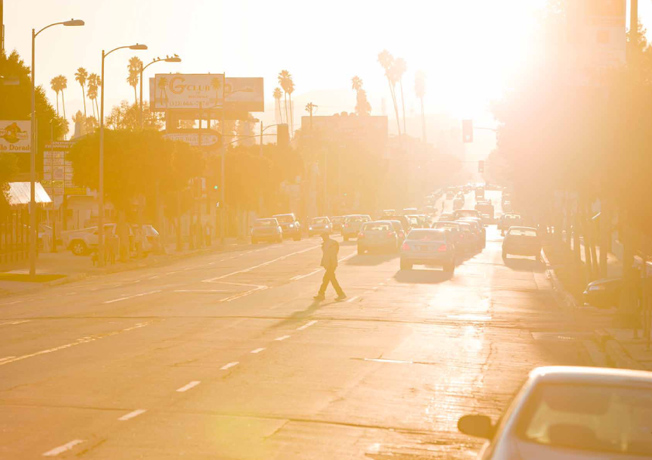 [Image: Los Angeles; photo by Iwan Baan, from No More Play].
[Image: Los Angeles; photo by Iwan Baan, from No More Play].
Applying this to the urban condition of Los Angeles—a kind of sidereal city, measured by different stars, able to make you feel as if you will never really arrive—it becomes an oddly apt analogy for that region, with its loose outer edges and unclear points of entry into an often off-kilter system of road grids.
In any case, stop by Van Alen Books tonight at 7pm, where we’ll be discussing Los Angeles, density, crime, and, who knows, even my own willful misunderstanding of astrophysics—or, as Van Alen Books puts it, topics such as “real-estate speculation and future urban development, infrastructure, resources, site density, urban experience, political structure, commerce, and community, attempting to transform our understanding of how each affects present-day Los Angeles.”


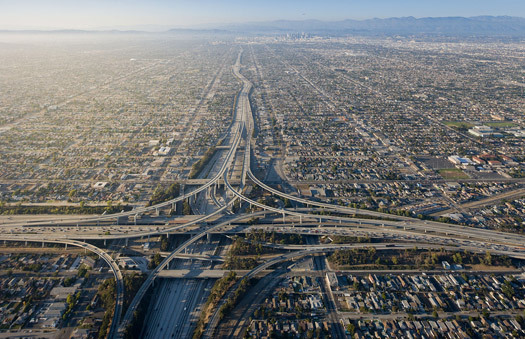 [Image: Photo by
[Image: Photo by 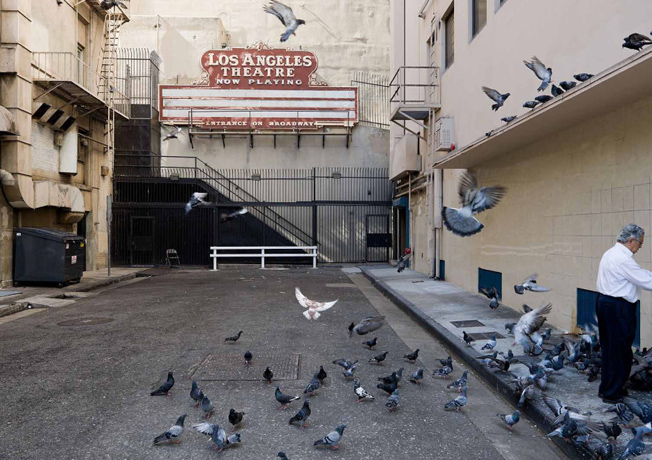 [Image: Photo by
[Image: Photo by 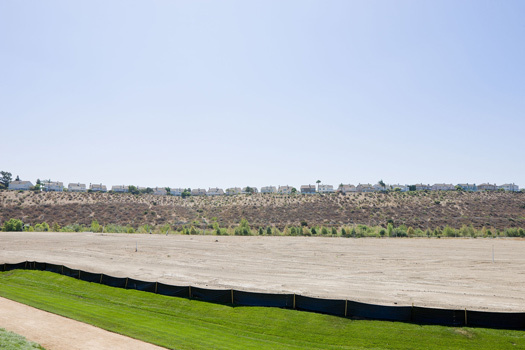 [Image: Photo by
[Image: Photo by 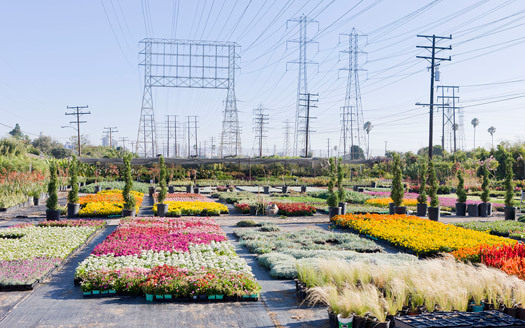 [Image: Photo by
[Image: Photo by 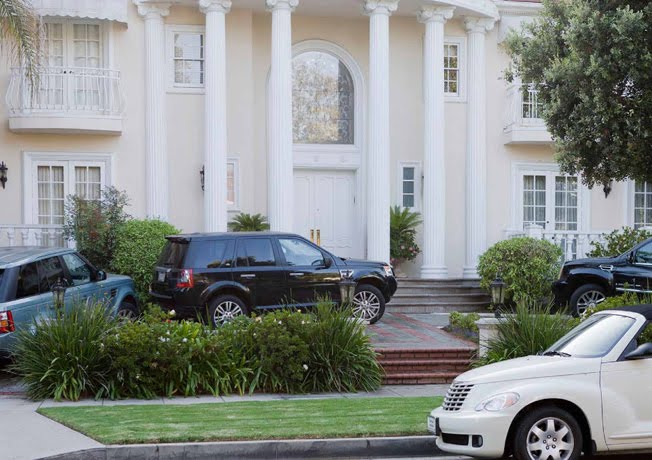 [Image: Photo by
[Image: Photo by 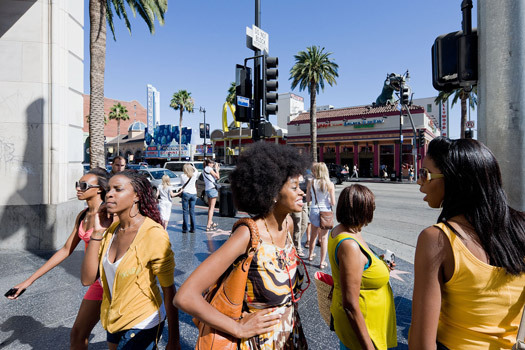 [Image: Photo by
[Image: Photo by  [Image: Photo by
[Image: Photo by 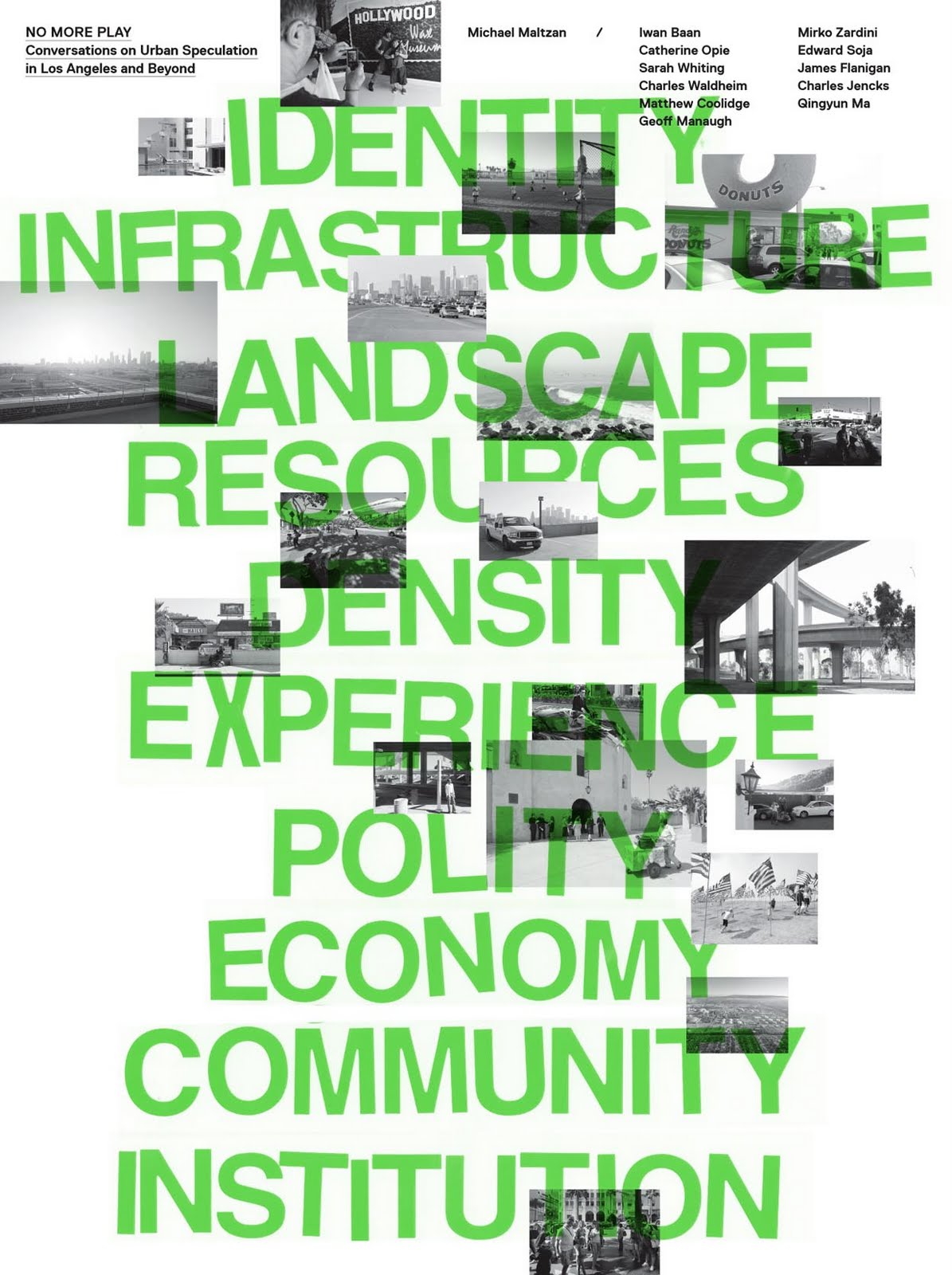 [Image: From
[Image: From